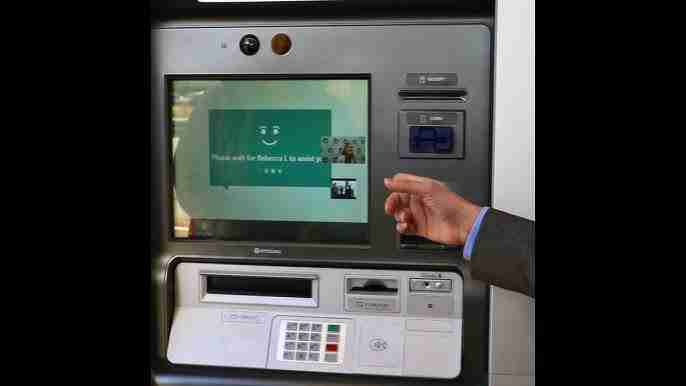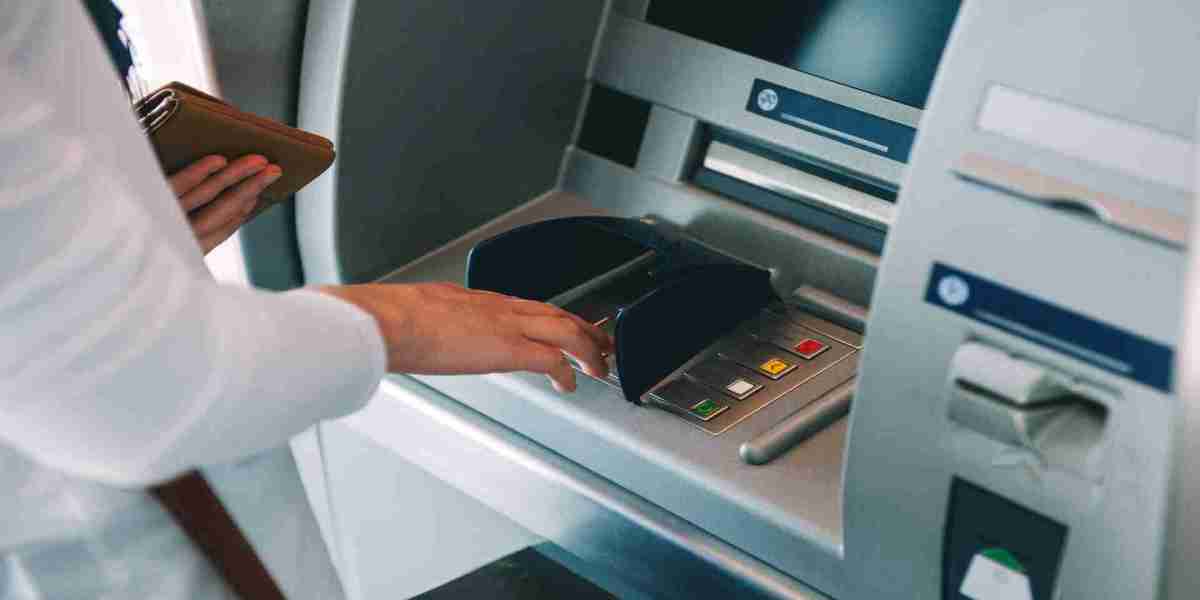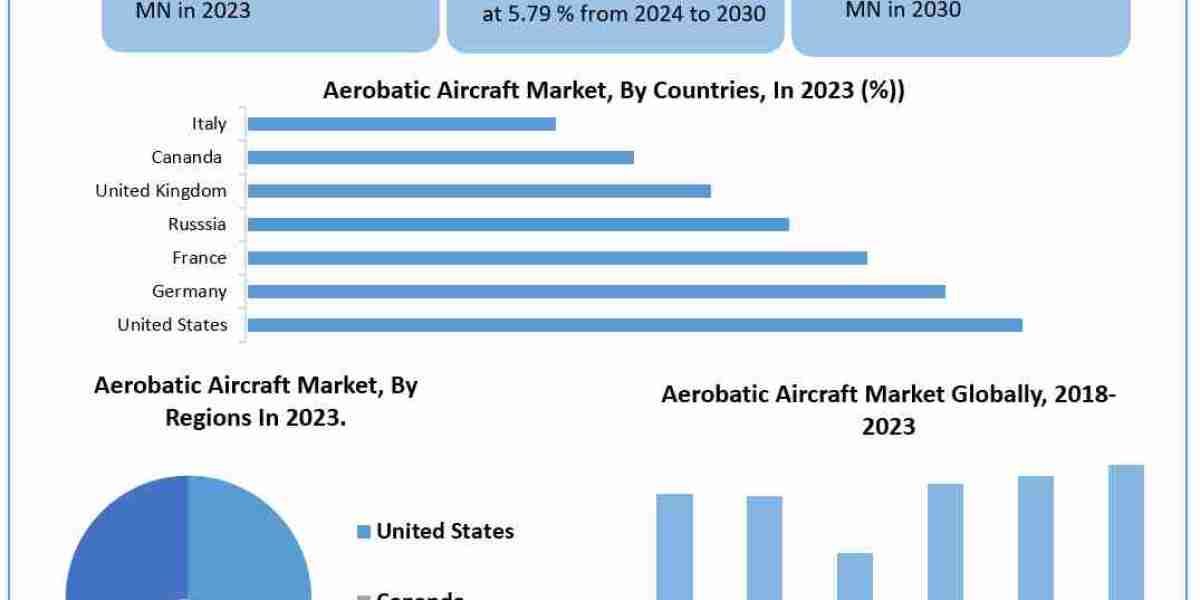The virtual teller machine (VTM) market has emerged as a cornerstone in the evolution of modern banking. As consumer preferences shift toward faster, more convenient, and contactless financial services, VTMs offer a perfect balance between automation and human interaction. Innovations in this market are not only enhancing service delivery but also redefining how financial institutions connect with customers in real-time.
Combining the convenience of ATMs with the personal touch of live tellers via video conferencing, VTMs are being deployed across urban centers, rural locations, and even international markets. The ongoing wave of technological advancements has enabled VTMs to perform complex transactions, improve security, and streamline customer experiences. This article explores the major innovations shaping the future of the Virtual Teller Machine Market.

1. AI-Powered Smart Assistance
Artificial intelligence (AI) is a game-changer in the Virtual Teller Machine Market. Modern VTMs are no longer limited to performing basic banking tasks; they are evolving into intelligent machines capable of understanding customer intent and behavior.
AI Chatbots and Virtual Assistants: These guide users through transactions, troubleshoot issues, and even recommend banking products based on real-time interactions.
Natural Language Processing (NLP): NLP allows users to interact with VTMs through voice commands or conversational text, creating a more intuitive and personalized experience.
These smart systems significantly reduce the need for on-site personnel while ensuring that users receive high-quality support.
2. Biometric Authentication Enhancing Security
One of the most crucial innovations in VTMs is the integration of biometric technology. Traditional PIN-based systems are increasingly being replaced or enhanced by biometrics, which offer a more secure and user-friendly approach.
Facial Recognition: Enables identity verification even when users forget physical documents or cards.
Fingerprint Scanning: Used for quick and accurate access to accounts.
Iris Scanning: Adds an additional layer of security in high-risk areas or transactions.
These innovations not only reduce fraud but also comply with stringent banking and regulatory requirements around identity verification.
3. Remote Video Banking and Human Support
One of the defining features of VTMs is the ability to connect customers with remote bank representatives in real time. This is especially useful in delivering personalized assistance while keeping branches lean and cost-efficient.
Live Video Chat: Customers can speak face-to-face with bank staff, ask questions, or receive help with services like loan applications or account openings.
Document Sharing and Digital Signatures: VTMs now allow customers to upload and sign documents securely through the same session, reducing paperwork and wait times.
This model ensures high customer engagement while allowing banks to centralize their staff in service hubs.
4. Modular and Customizable Designs
Another key innovation in the Virtual Teller Machine Market is the development of modular machines. These VTMs can be tailored to meet specific needs based on location, customer segment, and bank objectives.
Add-on Modules: Include cash recyclers, card dispensers, coin validators, and receipt printers.
White-Labeled Interfaces: Allow banks to maintain brand consistency while offering tailored services.
Adaptable Footprints: Compact VTMs can be placed in small retail spaces or mobile banking units.
This flexibility makes it easier for banks to scale operations and adapt quickly to changing market conditions.
5. Cloud Connectivity and Real-Time Analytics
Cloud-based VTMs are another significant innovation transforming the market. These machines connect directly to central banking systems, ensuring that data is updated in real time and accessible from anywhere.
Real-Time Data Synchronization: Allows seamless transactions and instant updates across customer accounts.
Remote Monitoring: Banks can track performance, usage trends, and system health remotely.
Analytics Integration: Provides actionable insights into customer behavior, transaction patterns, and service preferences.
This enables banks to make data-driven decisions, enhance operational efficiency, and personalize customer experiences.
6. Multilingual and Inclusive Interfaces
To serve diverse populations, especially in multilingual and multicultural regions, VTMs are now equipped with inclusive design elements.
Multilingual Menus: Customers can choose their preferred language, improving accessibility.
ADA-Compliant Interfaces: For users with disabilities, VTMs include voice guidance, braille keyboards, and adjustable screens.
Culturally Sensitive Design: Icons, colors, and instructions are localized to align with cultural norms and expectations.
These features help VTMs reach broader audiences and play a vital role in advancing financial inclusion.
7. Sustainable and Eco-Friendly Innovations
Environmental responsibility is another growing focus in the Virtual Teller Machine Market. As sustainability becomes a global priority, manufacturers and banks are adopting eco-conscious strategies.
Energy-Efficient Hardware: Uses less power and generates less heat, reducing environmental impact.
Digital Documentation: Minimizes the need for paper-based forms and receipts.
Recyclable Materials: Newer VTM models are built using materials that can be reused or recycled.
These innovations contribute to a greener banking infrastructure, aligning with global ESG (Environmental, Social, Governance) goals.
8. Integration with Fintech Ecosystems
Modern VTMs are now being designed to integrate with fintech services, offering customers a unified digital experience.
Bill Payment Platforms
Peer-to-Peer Transfers
Cryptocurrency Transactions
Loan Marketplaces
Such integration allows VTMs to become multi-functional financial service points, especially in areas with limited access to traditional banking.
Conclusion
The virtual teller machine market is undergoing a remarkable transformation fueled by innovations in AI, biometrics, video banking, and cloud technology. These advancements are not only making banking more efficient but also more secure, accessible, and personalized than ever before.
As competition intensifies and customer expectations evolve, financial institutions must continue to innovate and invest in intelligent VTM solutions to stay relevant. The future of the VTM market lies in its ability to combine human empathy with digital efficiency—creating a next-generation banking experience that is fast, smart, and inclusive.



